
8D ASSOCIATION
The 8D Association is dedicated to promoting the history of the railways of South Lancashire, Merseyside and North Cheshire.
The Low Level Widnes to Arpley.
There were only seven stations along this route.
Runcorn Gap.
With the opening of the new Garston extension a second Runcorn Gap station was opened this time more centrally located to the developing town of Widnes. It opened on 1st July 1852 and was located directly to the west of Waterloo Road Crossing. The new station was required as through running was not possible with the original Runcorn Gap station and the company was starting to take the carriage of passengers seriously. The name of Runcorn Gap though caused confusion with the travelling public as to reach Runcorn they were required to walk from the station to a ferry at West Bank. So on 1st September 1864 the station was renamed Widnes. The station was to close on 1st March 1870 with the opening of the Deviation line and a new Widnes station just a couple of hundred yards away. Today no trace of the station remains as it is now beneath the embankment for the approach road to the Silver Jubilee bridge.
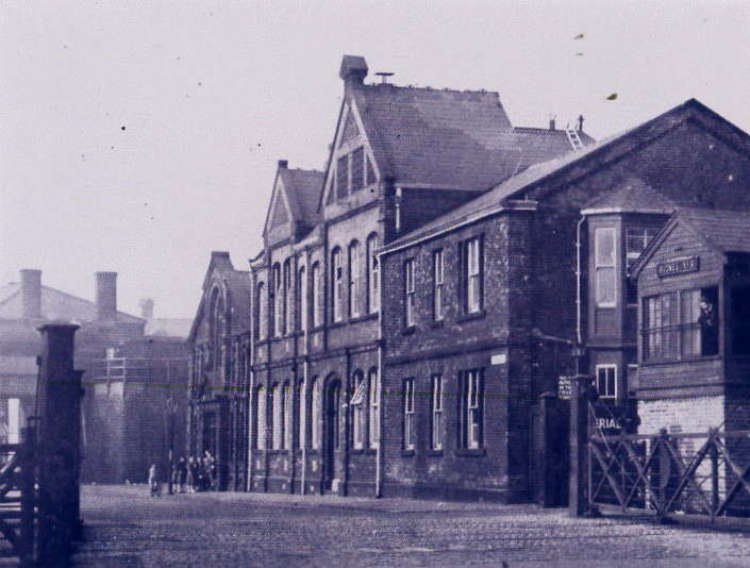
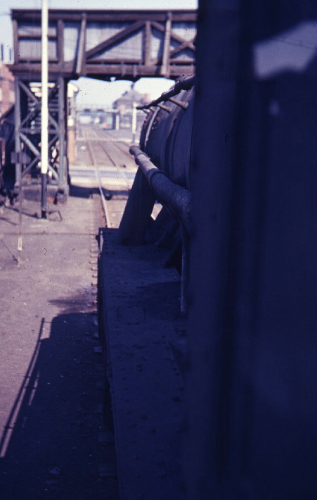
Cuerdley.
Opened around March 1856 as a result of pressure on the railway company by local residents. The station was located to the east of Carterhouse Junction and was adjacent to the Widnes bone yard. The station obviously was not profitable and was closed in January 1858. The railways board sought to ensure that this did not happen again and placed a minimum income level of £ 3 per week on any future stations.
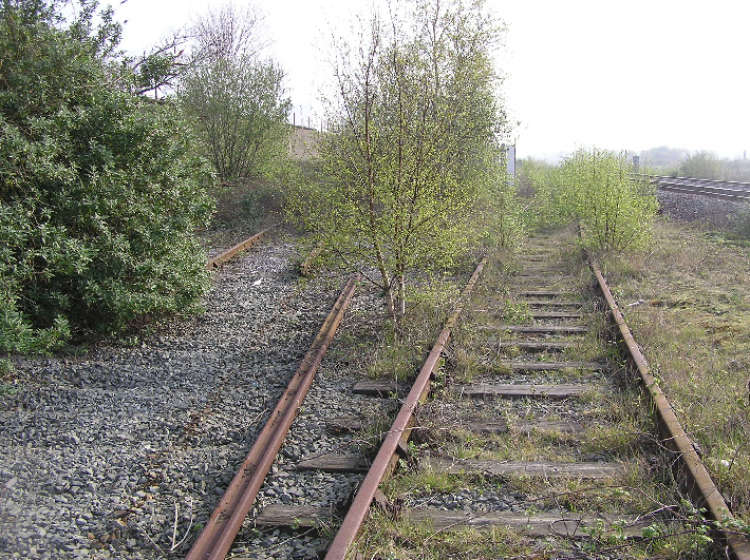
Fidlers Ferry and Penketh.
Opened on 1st February 1853 the station was located at the end of a track leading to the Ferry Inn. It was located directly adjacent to the Sankey Canal which was now owned by the railway and still a busy waterway. The station was provided with two platform faces a goods yard a signal box and two cottages. Traffic was probably light as the area was lightly populated and the village of Penketh some distance away. Passenger services were withdrawn on 2nd January 1950 and the station was closed. Interestingly the passenger service still ran until September 1962 but made no intermediate stops between Widnes South and Warrington Bank Quay Low Level. Today no trace remains of the platform and associated buildings only the two cottages remain as private residences. The former goods yard is now the car park for the Ferry Inn.

Reproduced with kind permission from Sankey Canal Restoration Socitety. (To view the societies very interesting site click here )

Sankey Bridges.
Opened on 1st February 1853 the station was located directly to the west of the canal swing bridge. Unlike the previous two stations the surrounding area was more heavily populated generating more passengers. The station was closed as an economy measure during World War 1 on 1st January 1917 but happily reopened on 1st July 1919. The passenger service was withdrawn on 2nd January 1950 and the station subsequently closed. Today no trace of the westbound platform or signal box remains but the eastbound platform is relatively intact along with a section of railings to the rear of the platform.
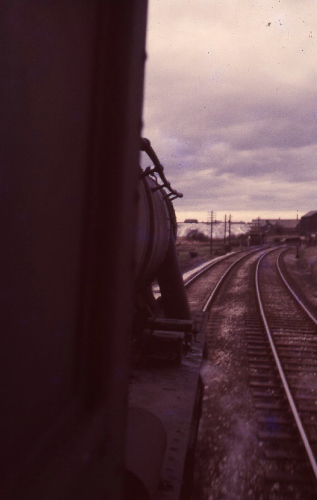
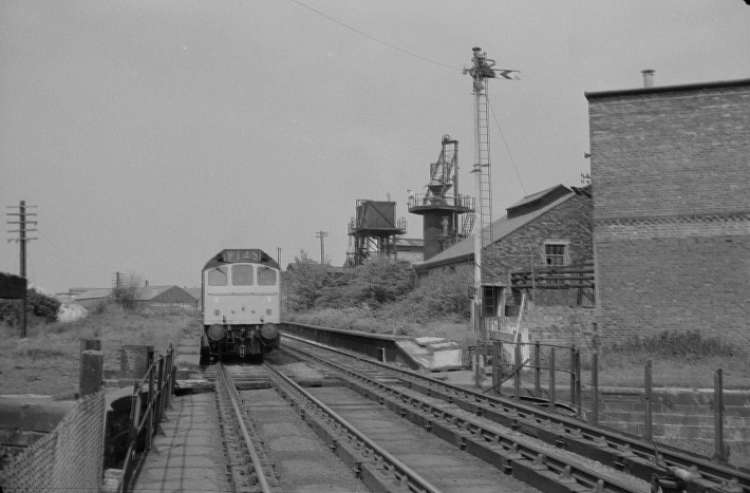
Reproduced with kind permission from Sankey Canal Restoration Socitety. (To view the societies very interesting site click here )
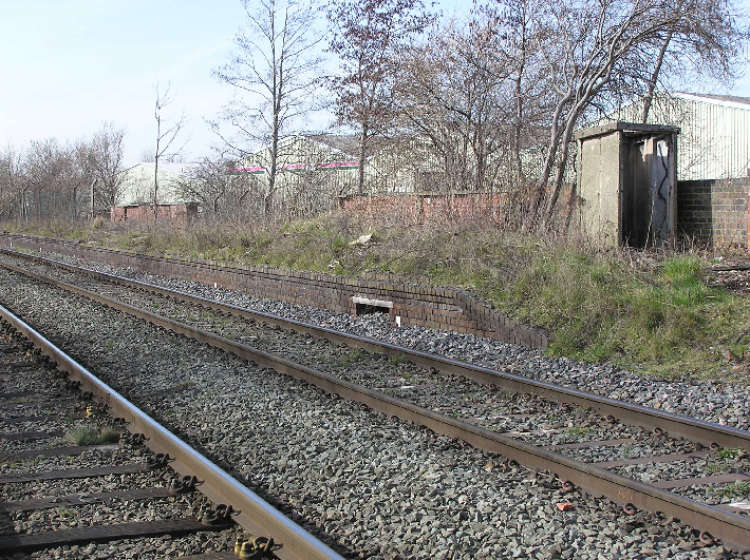

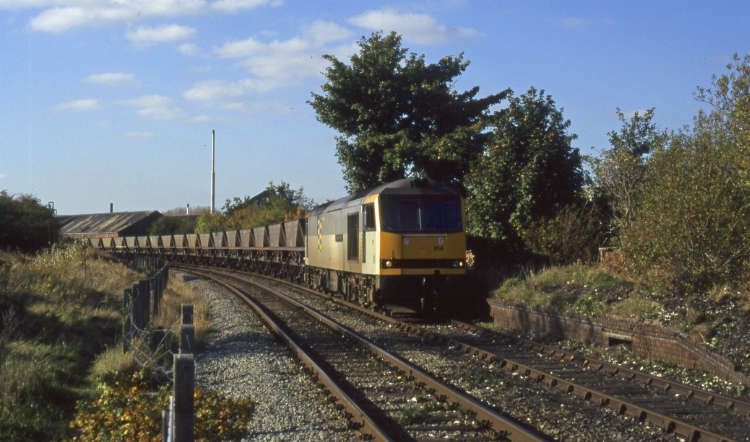
Whitecross.
This was to be the temporary terminus of the line and opened on 1st February 1853 due to engineering works associated with the rebuilding of Warrington Bank Quay (LNWR) taking longer than expected. The rebuilding involved the station being raised on an embankment to allow the low level line to pass beneath it. The station closed on 1st May 1854 when the final section opened through to the joint terminus at Arpley. Today no trace remains as the sprawling Lever Brothers works occupies the site.
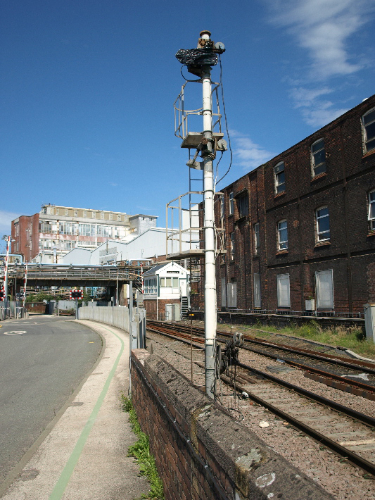
Warrington Bank Quay Low Level.
Opened by the LNWR on 16th November 1868 as an interchange station with the West Coast Main Line. The possibility of changing between local and main line services made this a busy station. It was a short sighted move therefore to withdraw the intermediate stopping points in the 1950’s as people could not change from local services to the main line ones and vice versa.The passenger service was withdrawn on 10th September 1962. The station though did not close but it was used by one service per week, The Night Mail Sundays only. This service was rerouted in 1963 as the cost of opening all signal boxes along the line for one single train was deemed prohibitive. So the station finally closed on 10th September 1963. Today no trace remains of the station.
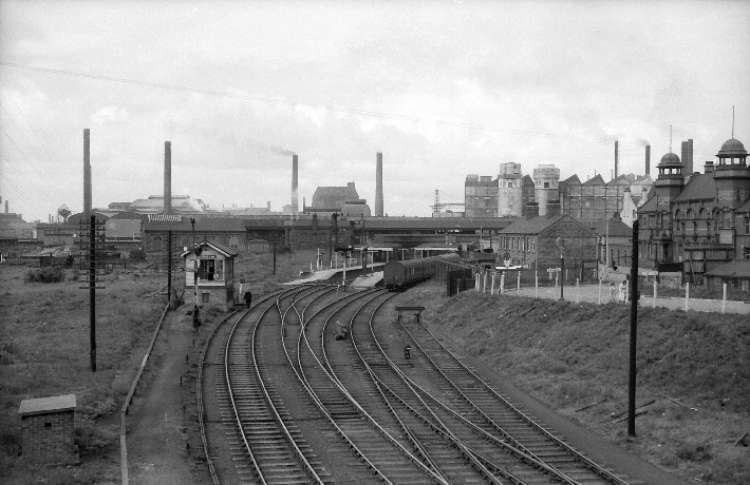
(View more of Harry’s Waterway Images here )
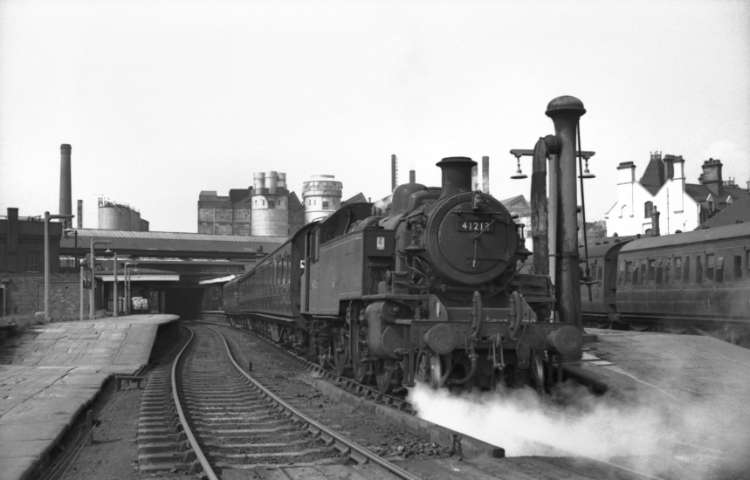
(View more of Harry’s Waterway Images here )
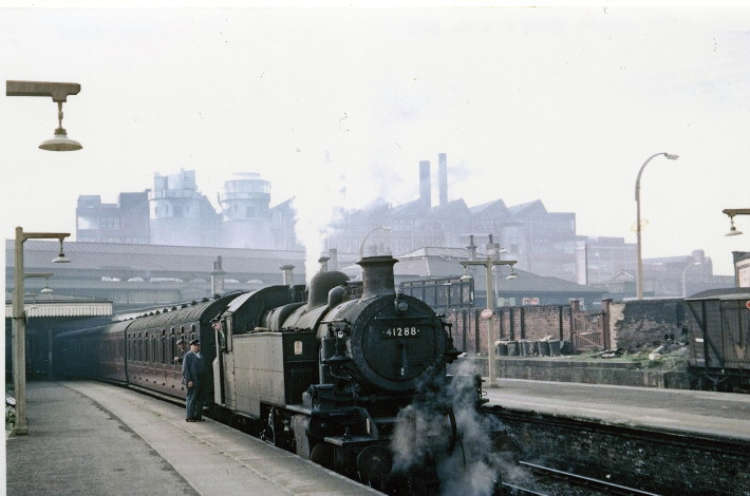
Warrington Arpley.
The impressive terminus was opened on 1st May 1854 and was a well used centrally located station. The station was not favoured by the LNWR and was closed on 16th November 1868 with the company feeling that passengers should use the nearby Low Level station. Local residents disagreed and mounted a legal challenge and the LNWR was forced to reopen the station. The station was to enjoy a long life and finally closed to passengers on 15th September 1958 and to goods on 14th June 1965. The large station building has since been demolished and no trace remains on the site today.

Reproduced with permission from David Long. (To see more of David’s pictures please click here )
